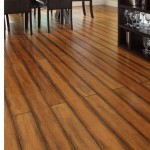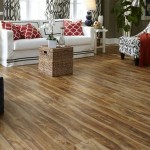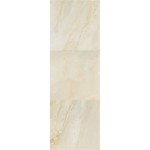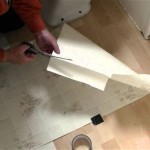The Essential Guide to Understanding the Janka Rating for Wood Flooring
When choosing wood flooring, one of the most important factors to consider is its durability. The Janka rating, a measure of the resistance of wood to denting and wear, provides valuable insights into the long-term performance of different wood species.
The Janka rating is determined by measuring the force required to embed a steel ball 0.444 inches in diameter into the wood. Higher Janka ratings indicate a harder wood that is more resistant to damage, while lower ratings indicate a softer wood that is more susceptible to dents and scratches.
Benefits of Choosing a High Janka Rating
There are several advantages to choosing a wood flooring with a high Janka rating:
- Durability: High Janka ratings ensure that the wood flooring will better withstand traffic, heavy furniture, and pets.
- Longevity: Wood flooring with high Janka ratings will last longer, requiring less repair and replacement.
- Versatility: High Janka ratings make the flooring ideal for high-traffic areas such as kitchens, living rooms, and hallways.
Considerations for Choosing a Low Janka Rating
While high Janka ratings offer significant benefits, there are also some considerations for choosing a lower-rated flooring:
- Softness: Lower Janka ratings indicate a softer wood that may be more comfortable to walk on and absorb impact better.
- Scratch Resistance: Soft woods may be more susceptible to scratching, but they can sometimes be sanded and refinished to restore their appearance.
- Style: Some people may prefer the aesthetic of a softer wood that has a more distressed or rustic look.
Recommended Janka Ratings for Different Areas
The ideal Janka rating for wood flooring varies depending on the room and its intended use:
- High-Traffic Areas: Living rooms, dining rooms, kitchens, and hallways require wood with a Janka rating of at least 1000.
- Bedrooms: Janka ratings between 750-1000 are suitable for bedrooms, where there is less foot traffic.
- Bathrooms: For areas with moisture concerns, a Janka rating of at least 1000 is recommended to prevent water damage.
Conclusion
Understanding the Janka rating is crucial when selecting wood flooring. By considering the durability, longevity, and aesthetic preferences, homeowners can make informed decisions that will ensure the long-term beauty and performance of their wood flooring investment.

Janka Hardness Scale Superior Flooring

Janka Hardness Scale Impressions Flooring Collection

The Janka Scale Blog Kt Hardwoods Inc

Janka Scale A Step Above Flooring Installation Inc

What Is Janka Hardness And Why Does It Matter Anthology Woods

Understanding Janka Rating How Hard Can It Be Oshkosh Designs

A Homeowner S Guide To Hardwood Floor Hardness Flooring

Janka Wood Flooring Hardness Chart

Hardwood Hardness Chart Floor Depot

Hardwood Hardness Ratings Woodchuck Flooring San Diego
Related Posts








